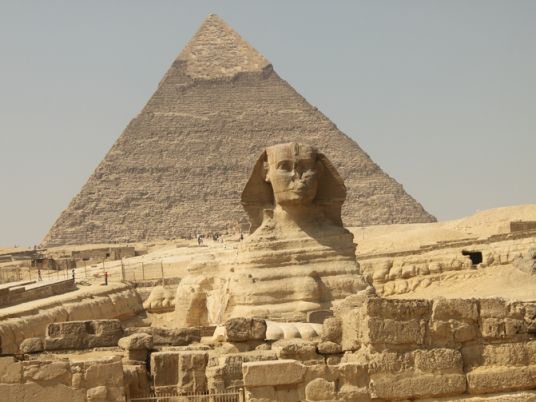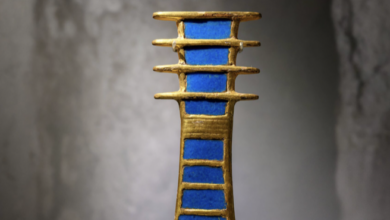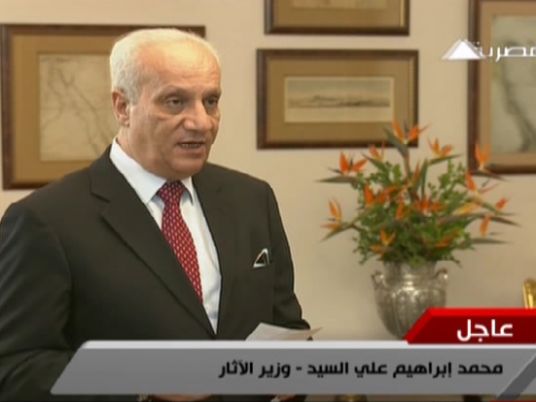
Almost two years of dispute between China and Egypt has finally ended with China’s agreement to dismantle a duplicate of the ancient Egyptian statue of the Sphinx.
This comes after a complaint by the Antiquities Ministry to UNESCO’s department of Science, Education and Culture, expressing Egypt’s fear that the replica in a north China theme park could damage to the Egyptian tourism trade.
The Chinese sphinx is one of numerous duplicates of historical artefacts from around the world found in the theme park. Among the replicas is a copy of Beijing’s Temple of Heaven and the Louvre Museum of Paris, in a park that allows visitors to travel the wonders of the world within its walls for just one dollar per head.
Secretary-General of the Supreme Council of Antiquities Dr Mostafa Ameen accused China of disregarding intellectual property rights, asserting that China should have consulted the Egyptian antiquities ministry for approval before going ahead with the project.
In a statement to Al-Masry al-Youm, Ameen said that the ministry went by the legal protocol, launching its complaint through the Foreign Ministry, and requesting a convention with all the ministries involved in the issue (such as the Foreign Ministry and Industry Ministry) to implement a law on the protection of ownership rights to cultural and civilizational artefacts. This law was agreed on, he said, prohibiting the duplication of Egyptian antiquities aboard, exect if permission is granted by the state.
Ameen detailed that the dimensions of the concrete duplicate, dubbed the “Chinese Sphinx”, are 60 meters by 20 – the exact dimensions of the original – a mitigation of Egypt’s accusation against China. Ameen added that in addition to this, if China or any other nation wishes to create replicas of Egyptian artefacts of different dimensions to the original, they are also legally required to seek permission first.
Commenting on the replication of Luxor city in Las Vegas, USA, Ameen dismissed the fake on the grounds that it was built a long time ago, before the law of protection was introduced.
Ameen concluded that the world’s fixation with duplicating artefacts from Ancient Egypt is sure proof of the importance of Egyptian civilizational history. These duplicates do promote tourism in Egypt, he admitted, which is important.
“But nonetheless,” he added, “this should not come at the price of protecting our ownership rights.”
However, not all Egyptians agree with the Ministry’s stance.
In a statement to Al-Masry al-Youm, antiquities expert Basham Shama asserted, “Any country has a right to build replicas on its own soil… As Egyptians we get very protective of our artefacts and our ancient history, but this does not overwrite the fact that there really is no law preventing the duplication of artefacts.”
Shama concluded that the ministry officials calling for China to demolish the duplicate sphinx are not keeping up with the pace of the world around them. The expert concluded his statement with a suggestion for the Antiquities Ministry: “Rather than putting their efforts into prohibiting foreign replicas, perhaps they should focus on preserving the originals.”



